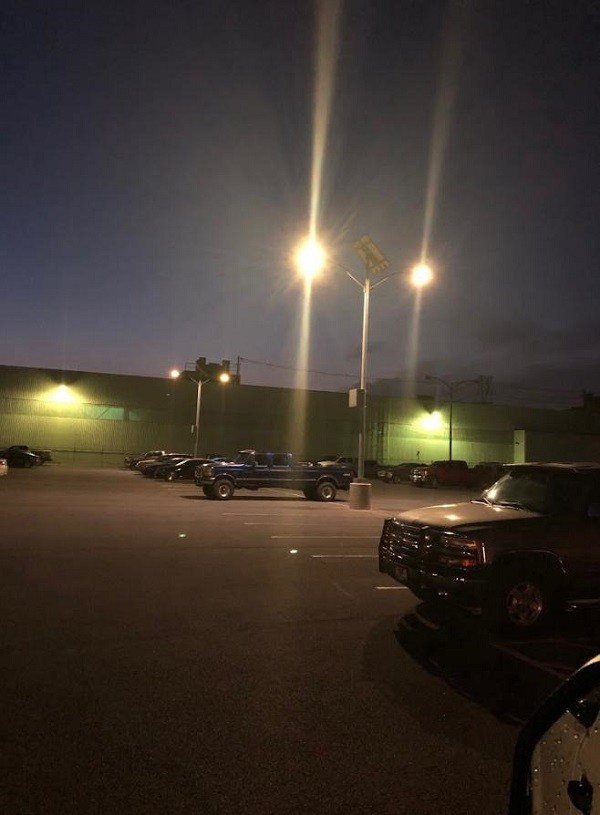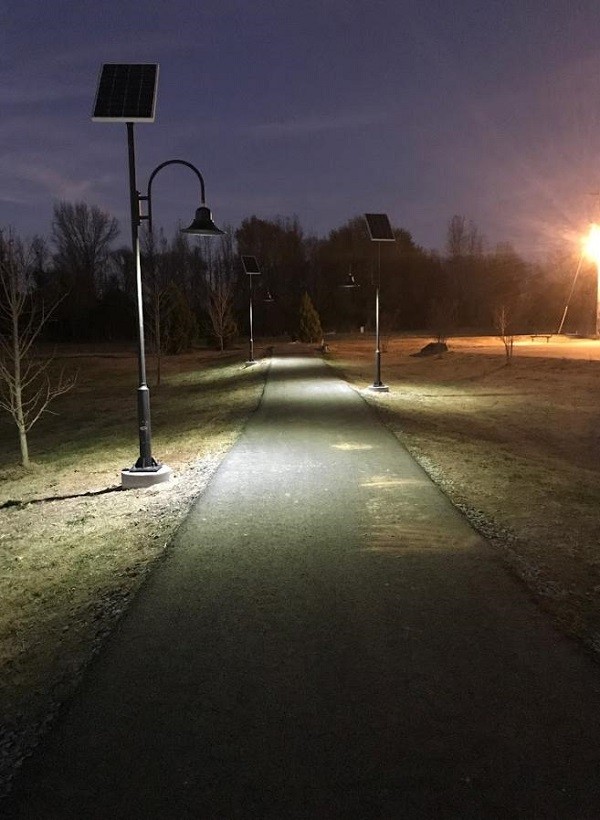Solar Lighting for Colorado’s Next ChapterPosted by Stephen Shickadance in Most Popular. Inspiring Projects. Applications of Solar Lighting.From the urban density of Denver to the remote highways of the Western Slope, Colorado is a state defined by contrasts—geographically, economically, and environmentally. This diversity creates one shared challenge: how to deliver reliable, efficient outdoor lighting across dramatically different terrain and communities. Our outdoor lights and solar towers are designed to perform in Colorado’s rugged climate while helping cities, counties, developers, and contractors reduce costs, cut emissions, and improve public safety.
Where Solar Lighting Can Make an Impact in Colorado1. DenverAs the state capital and largest city, Denver leads the way in sustainability and infrastructure modernization. The city’s Vision Zero program and climate action plan both support lighting upgrades for traffic safety and energy efficiency. 2. Colorado SpringsWith strong population growth and nearby military installations, Colorado Springs needs versatile lighting solutions for new housing, roads, and mixed-use development. 3. Fort CollinsAs a university city with a forward-thinking sustainability plan, Fort Collins is ideal for solar lighting on campuses, bike paths, and public parks. 4. BoulderBoulder is a leader in environmental planning and off-grid technology adoption. With an emphasis on climate resilience, solar lighting aligns perfectly with city goals. 5. Durango, Grand Junction, and Rural ColoradoThese remote and mountainous communities often face power reliability issues and high infrastructure costs. Solar lighting offers grid independence with low maintenance.
Technical Performance in Colorado’s ClimateAll Greenshine systems are engineered to perform in:
Systems come with IP65-rated enclosures, sealed batteries, and charge controllers that optimize performance in challenging weather. High-Altitude, Low-Maintenance PerformanceMany parts of Colorado sit at 5,000–9,000 feet above sea level, with some towns exceeding 10,000 ft. At these elevations, outdoor equipment must withstand:
Greenshine’s solar lights can be built for these extremes:
Lighting for Wildfire Preparedness and Recovery ZonesIn Colorado's dry, high-risk regions—such as Boulder County, El Paso County, and the Western Slope—wildfires can disrupt power for days or weeks. In these situations, off-grid solar lighting becomes a resilience tool as much as an energy solution. Applications include:
The solar light tower is particularly valuable here, delivering:
Sustainability & Climate Planning: Meeting Local GoalsMore than 50 Colorado cities and towns have adopted sustainability action plans, climate resilience strategies, or carbon-reduction targets. Examples include: Greenshine’s solar lighting systems can help municipalities:
Solar Lighting ROI: What Municipalities Can ExpectOne of the biggest advantages of solar lighting is its long-term return on investment (ROI). While the upfront cost may appear higher than traditional lighting, the total lifecycle cost tells a different story. Over 10 years, cities save significantly:
With no trenching, no electrical bills, and minimal maintenance, most projects pay for themselves in 5–7 years, with lights lasting 20+ years. Solar for Education, Safety & Public EngagementColorado’s schools, libraries, and higher education campuses are also ideal settings for solar lighting. Institutions such as CU Boulder, CSU, and various community colleges often seek to showcase visible sustainability—and solar street lighting is a high-impact, low-disruption way to do just that. Common educational installations include:
With options like the Lumina and Brighta series, schools can strike a balance between aesthetics and performance, sending a clear message: this is a future-focused institution. Solar Lighting Incentives and Funding in ColoradoColorado offers a mix of state, local, and federal programs that support solar lighting installations: 1. Colorado Energy Office (CEO) GrantsThe CEO runs competitive grant programs for public infrastructure and clean energy initiatives. Municipal solar lighting may qualify when tied to energy conservation or safety goals. 2. Colorado C-PACE ProgramFor commercial and industrial projects, Colorado’s C-PACE program allows property owners to finance solar lighting upgrades and pay through property taxes over time. Applicable to parking lots, walkways, and site lighting. 3. Local Utility RebatesXcel Energy and other regional utilities offer occasional rebates for solar-integrated systems, especially when paired with energy efficiency upgrades in commercial zones. 4. Federal Investment Tax Credit (ITC)Businesses, developers, and nonprofits may be eligible for a 30% federal tax credit for installing solar systems, including lighting as part of a broader solar package. 5. USDA REAP FundingFor rural and agricultural businesses, the USDA Rural Energy for America Program supports solar lighting projects that improve safety and efficiency on farms, processing facilities, and co-ops. The Path Ahead: Solar Lighting for Colorado’s Next ChapterColorado’s economy, natural beauty, and forward-thinking communities deserve lighting that’s as smart and sustainable as the state itself. Whether you’re improving a trail in Fort Collins, expanding a parking lot in Pueblo, or lighting a work zone along I-70, Greenshine New Energy offers solar solutions that outperform, outlast, and outvalue conventional lighting. Let’s build a brighter Colorado—without wires, noise, or emissions.
Most Popular
Inspiring Projects
Applications of Solar Lighting
|
ArchivesNo Archives Categories
Want More Info? |
LATEST NEWS & ARTICLES


